Neurological, Balance and Medical Disorders Resource Center
Comprehensive Guides, Symptoms, and Therapy Support for Neurological, Balance and Medical Disorders in All Ages
- Seizure Disorders in Children: Symptoms, Diagnosis, and Therapy
- Tourette Syndrome in Children: Symptoms, Diagnosis & Therapy Options
- Substance Use Disorders in Youth: Effects, Signs & Therapy Support
- Cerebral Palsy in Children: Symptoms, Types & Therapy Support
- Pediatric TBI & Concussions: Symptoms, Recovery & Therapy Support
- Pediatric Migraines: Symptoms, Triggers & Therapy Support
- Ehlers-Danlos Syndrome in Children: Symptoms, Types & Therapy Support
- BPPV: Causes, Symptoms & Treatment with Physical Therapy
- Vestibular Disorders: Symptoms, Causes & Therapy Support for All Ages
- Parkinson’s Disease: Symptoms, Treatment & Therapy Support
- Post-Stroke Rehab & CVA Recovery: Find Therapists for Stroke Rehabilitation
- Ataxia: Causes, Symptoms & Rehab Therapies
- Peripheral Neuropathy: Causes, Symptoms & Rehab
- Delayed Motor Milestones in Children | Early Signs, Causes & Therapy
- Hypotonia (Low Muscle Tone) in Children: Symptoms, Causes & Therapy
- Spina Bifida in Children: Types, Symptoms & Therapy Options
- Tic Disorders in Children: Symptoms, Types & Therapy Support
- Down Syndrome
1 of 7 / Overview
What are neurological, balance, and medical disorders?
These are conditions that affect the nervous system, muscles, or structures that control movement, coordination, and balance. They can impact mobility, cognitive function, and everyday activities, especially in children.
Who is affected by neurological and balance disorders?
Both children and adults can be affected. Some disorders, like cerebral palsy or spina bifida, are present from birth, while others, like traumatic brain injuries or migraines, may develop later due to injury or illness.
Why is early intervention important?
Early diagnosis and therapy intervention can significantly improve developmental outcomes, help prevent complications, and promote independence. PT, OT, and SLP services can be especially effective when started early.
How can DrSensory help?
DrSensory offers a therapist directory to help families find qualified PTs, OTs, and SLPs who specialize in neurological, balance, and medical disorders. It also provides trusted educational content and resources.

2 of 7 / Signs & Symptoms

What are the early warning signs of a neurological or balance disorder?
Common signs include delayed motor milestones, difficulty walking, frequent falls, tremors, involuntary movements (like tics or seizures), and issues with coordination or balance.
Are speech or feeding problems also symptoms?
Yes. Many neurological disorders can affect muscle tone and oral motor control, leading to speech delays, difficulty chewing or swallowing, and challenges with expressive/receptive language.
What sensory issues might occur?
Children may show signs of sensory processing disorder, such as being overly sensitive to touch, sound, or movement, or seeking out excessive movement to feel regulated.
Are behavioral or emotional symptoms common?
Yes. Disorders like Tourette Syndrome, TBI, and substance use disorders may be associated with anxiety, frustration, or impulsivity, especially in social or learning environments.
3 of 7 / Causes & Risks
What causes neurological and balance disorders?
They can stem from genetic mutations, birth injuries, infections, traumatic injuries, autoimmune conditions, or unknown developmental disruptions during fetal growth.
Are these disorders hereditary?
Some conditions—like Ehlers-Danlos Syndrome or ataxia—can be inherited. A family history increases the risk, though not all neurological disorders are passed down genetically.
Can environmental factors contribute?
Yes. Exposure to toxins, prenatal drug use, low folic acid levels, or infections during pregnancy can increase the risk of conditions like spina bifida or seizure disorders.
What increases a child’s risk of developing these disorders?
Premature birth, low birth weight, lack of prenatal care, head injuries, and certain medical conditions (e.g., metabolic disorders, diabetes) can increase susceptibility.

4 of 7 / Diagnosis & tests

How are neurological or balance disorders diagnosed?
Diagnosis involves a comprehensive evaluation including developmental history, physical examination, and neurological testing. Imaging (MRI, CT), EEGs, and genetic testing may be used.
What specialists are involved in diagnosis?
Neurologists, developmental pediatricians, and pediatric therapists (PT/OT/SLP) often work together. In some cases, psychologists or geneticists may also be involved.
Are developmental screenings important?
Absolutely. Developmental screenings, often done in early childhood, can detect delays in motor skills, speech, or sensory processing—critical for identifying conditions early.
Can delays in diagnosis impact care?
Yes. A delayed diagnosis can limit early access to effective therapy and support services. Early identification is essential for preventing complications and maximizing outcomes.
5 of 7 / Care & treatment
What types of therapy help manage these disorders?
Physical therapy (PT) improves mobility and strength. Occupational therapy (OT) addresses daily skills and sensory needs. Speech-language pathology (SLP) supports communication and feeding challenges.
Can medications help?
Yes, depending on the diagnosis. Medications may reduce seizures, muscle spasticity, tics, pain, or co-occurring symptoms like anxiety. Therapy is often used alongside medication.
How long is therapy usually needed?
It varies. Some children benefit from short-term, goal-specific therapy. Others with lifelong conditions like cerebral palsyor spina bifida may require ongoing, adaptive therapy into adulthood.
Does DrSensory help connect families to care?
Yes! DrSensory’s Therapist Directory allows families to find and contact pediatric PTs, OTs, and SLPs who specialize in their child’s condition, whether in-person or virtually.

6 of 7 / Living With

What can families do to support their child at home?
Provide a structured environment, use adaptive tools, follow therapy home programs, and promote social-emotional support. Routine and consistency help children thrive.
Can children attend regular school?
Many children can attend mainstream classrooms with individualized supports, like an IEP or 504 plan. Therapists often collaborate with schools to help implement accommodations.
How can children build self-esteem?
Through goal achievement, adaptive sports, inclusion in peer groups, and celebrating progress. Building confidence takes time but is essential to emotional health.
What role do therapists play long-term?
Therapists help with motor development, independence, sensory needs, and transitions like moving from early intervention to school or adolescence to adulthood. They are key partners in long-term success.
7 of 7 / related reading

Find a Therapist near you
Are you looking for a physical, occupational, or speech therapist in your area?
Look no further than the DrSensory Therapist Database and Clinic Directory!
Find a Therapist
Find the physical therapist, occupational therapist, or speech language pathologist you’re looking for!
Ask Us Anything
Whether you are looking for advice, have a general question about sensory processing, or looking for resources.
Submit Your Story
Share your story about your child. Let’s celebrate milestones and learn more about challenges.











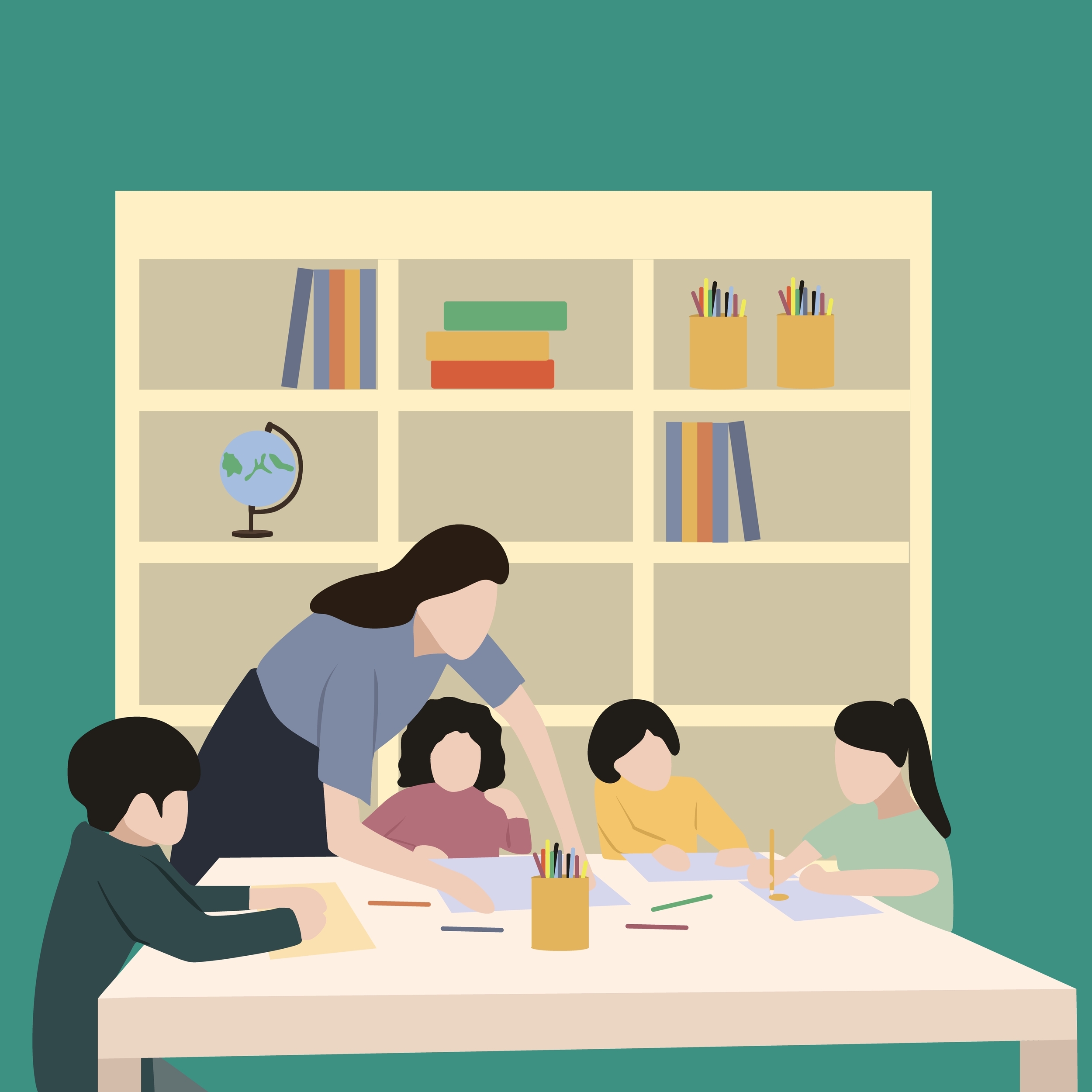


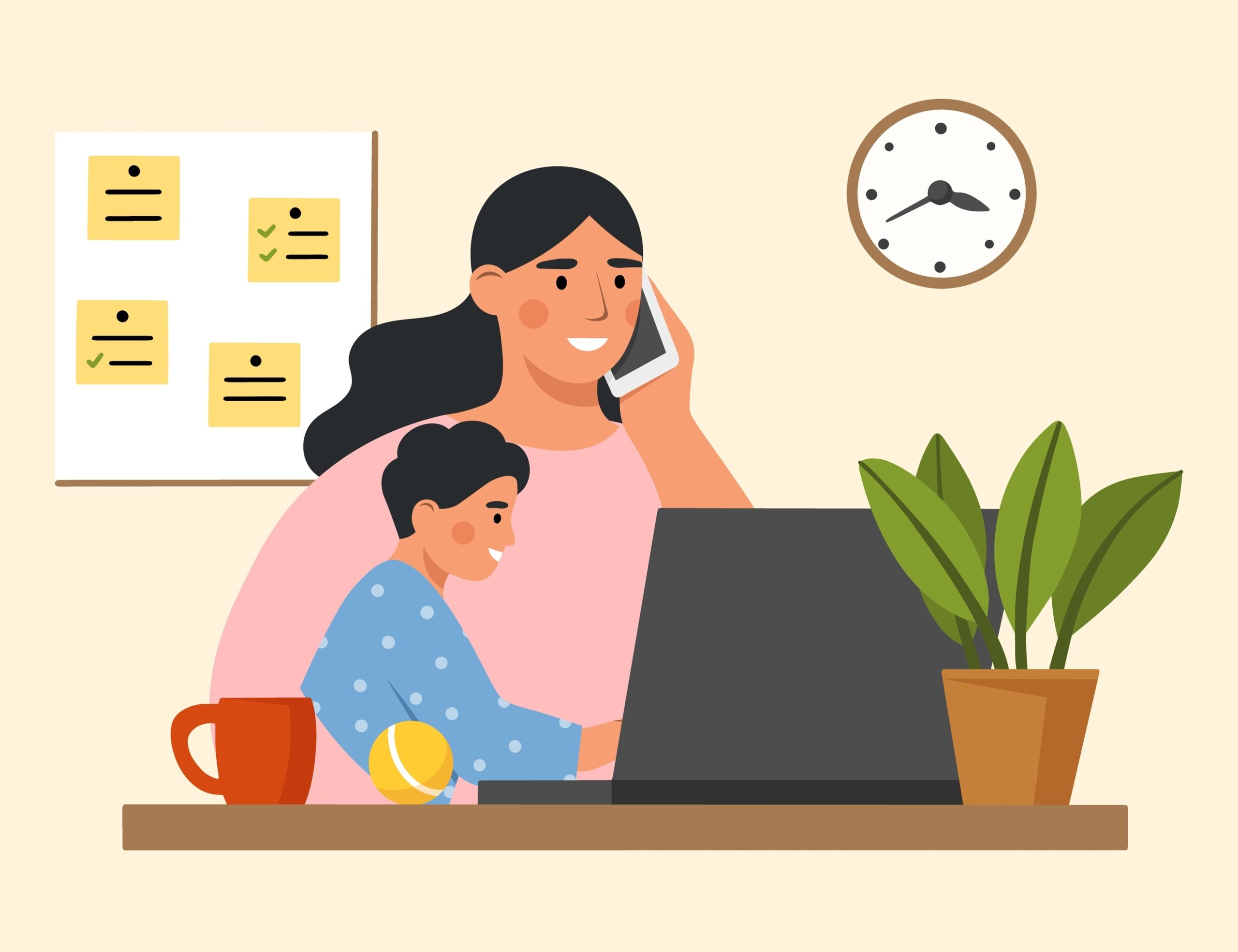


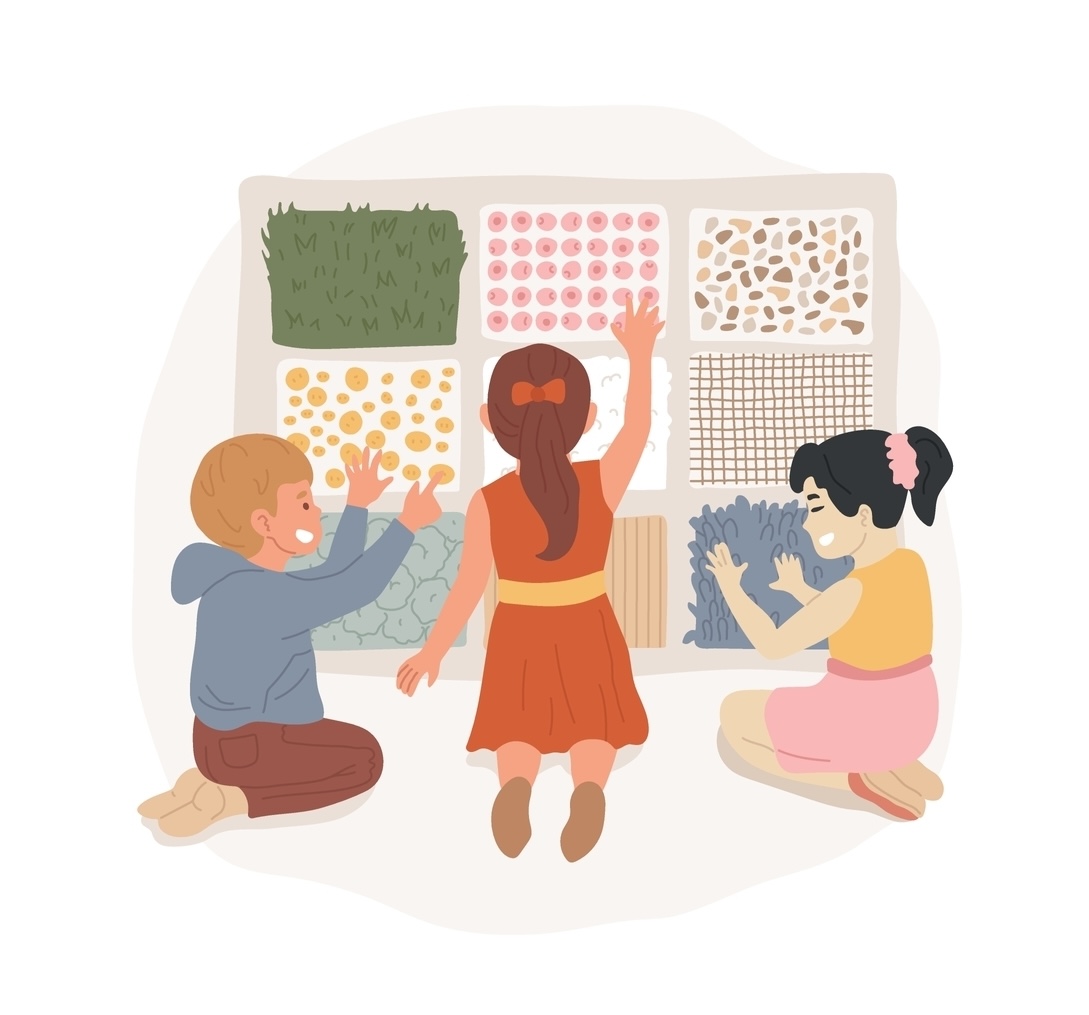


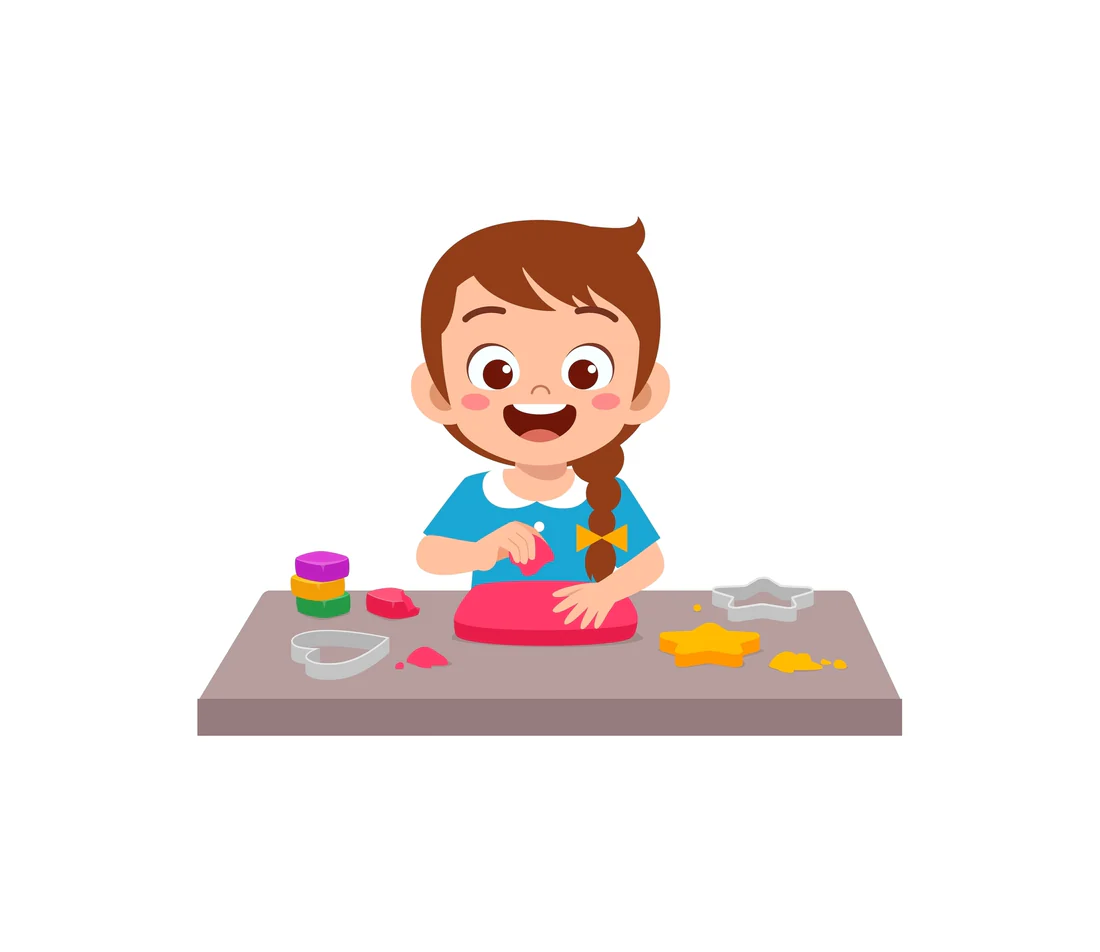
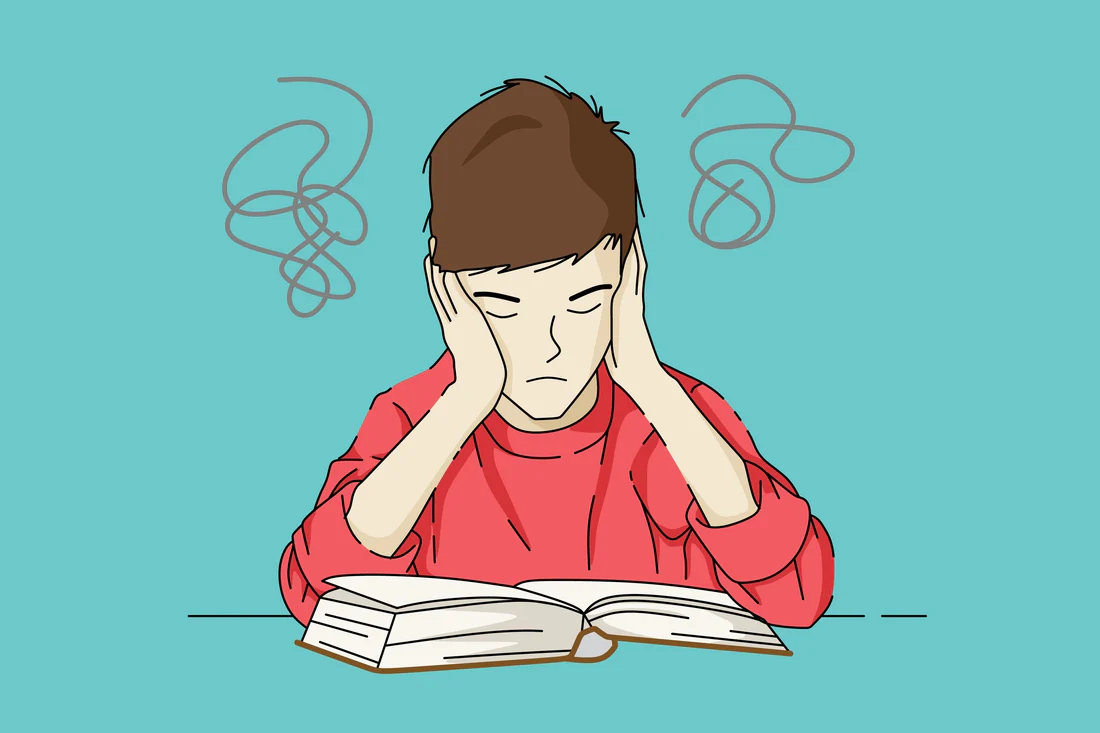
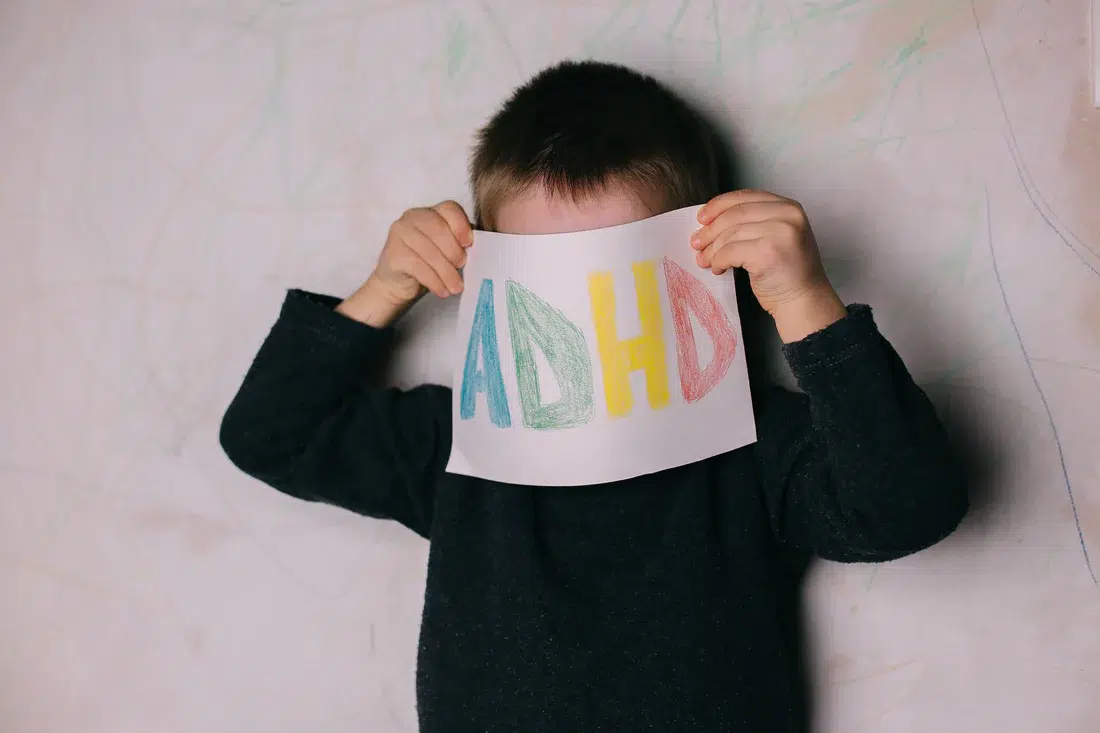


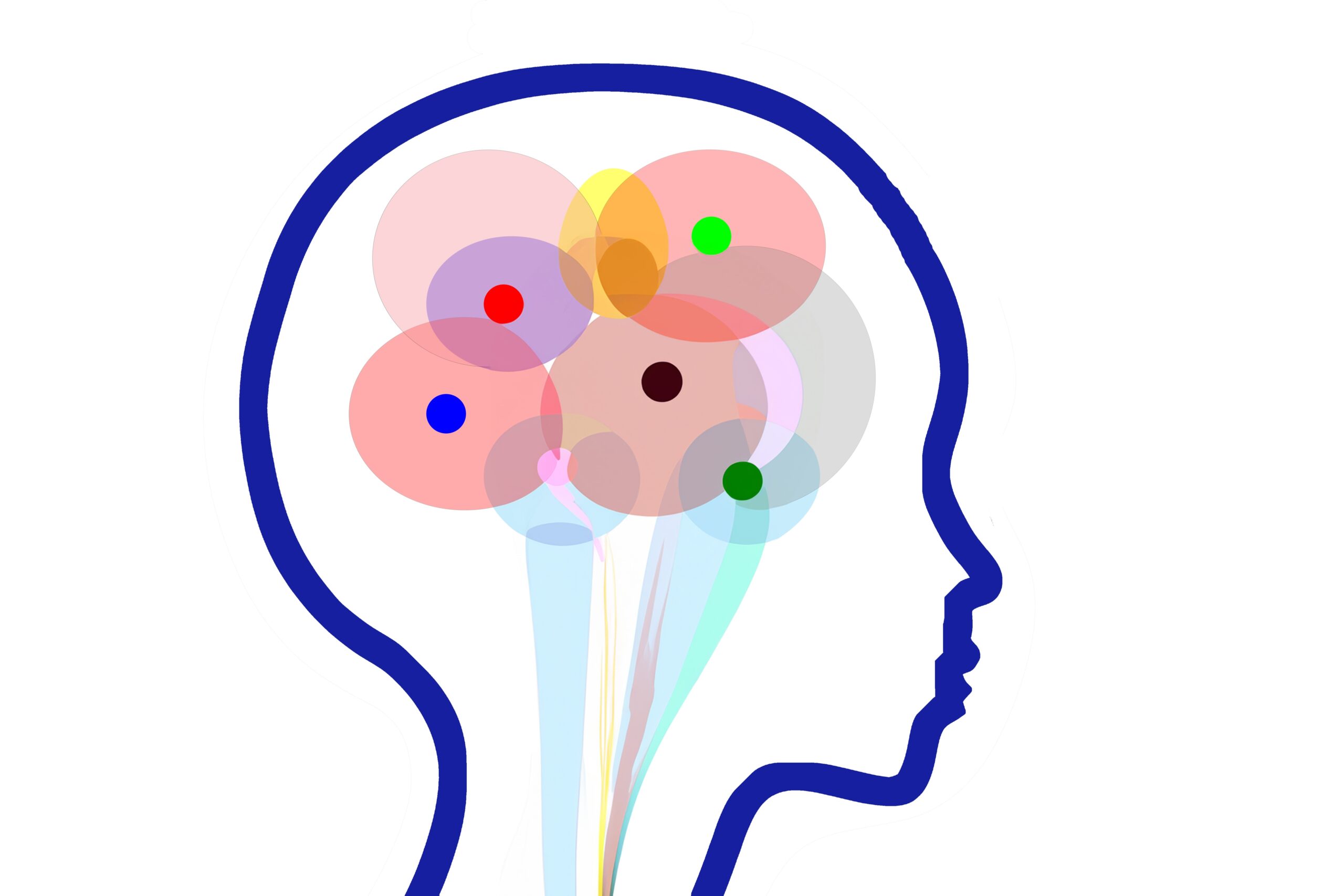
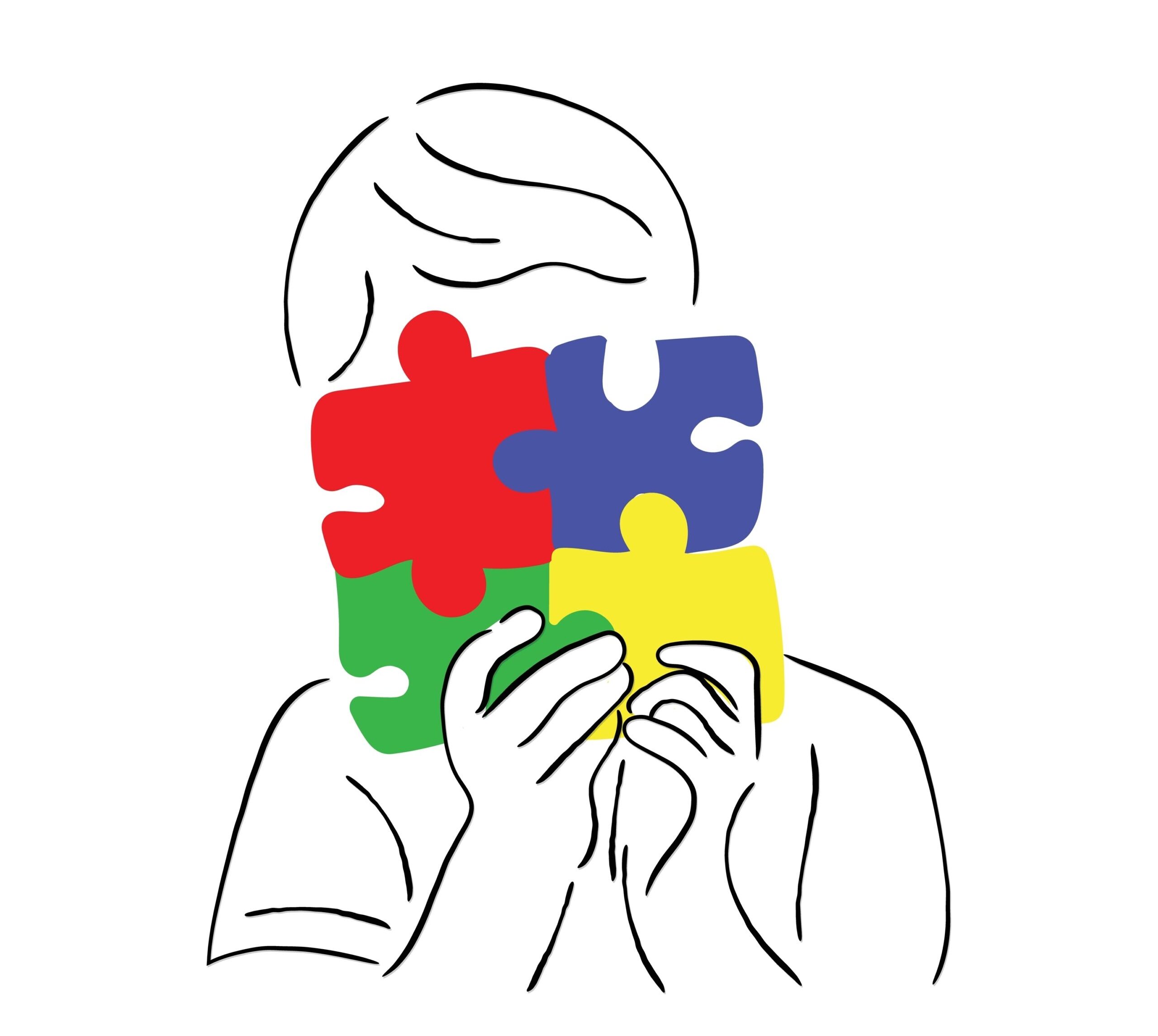
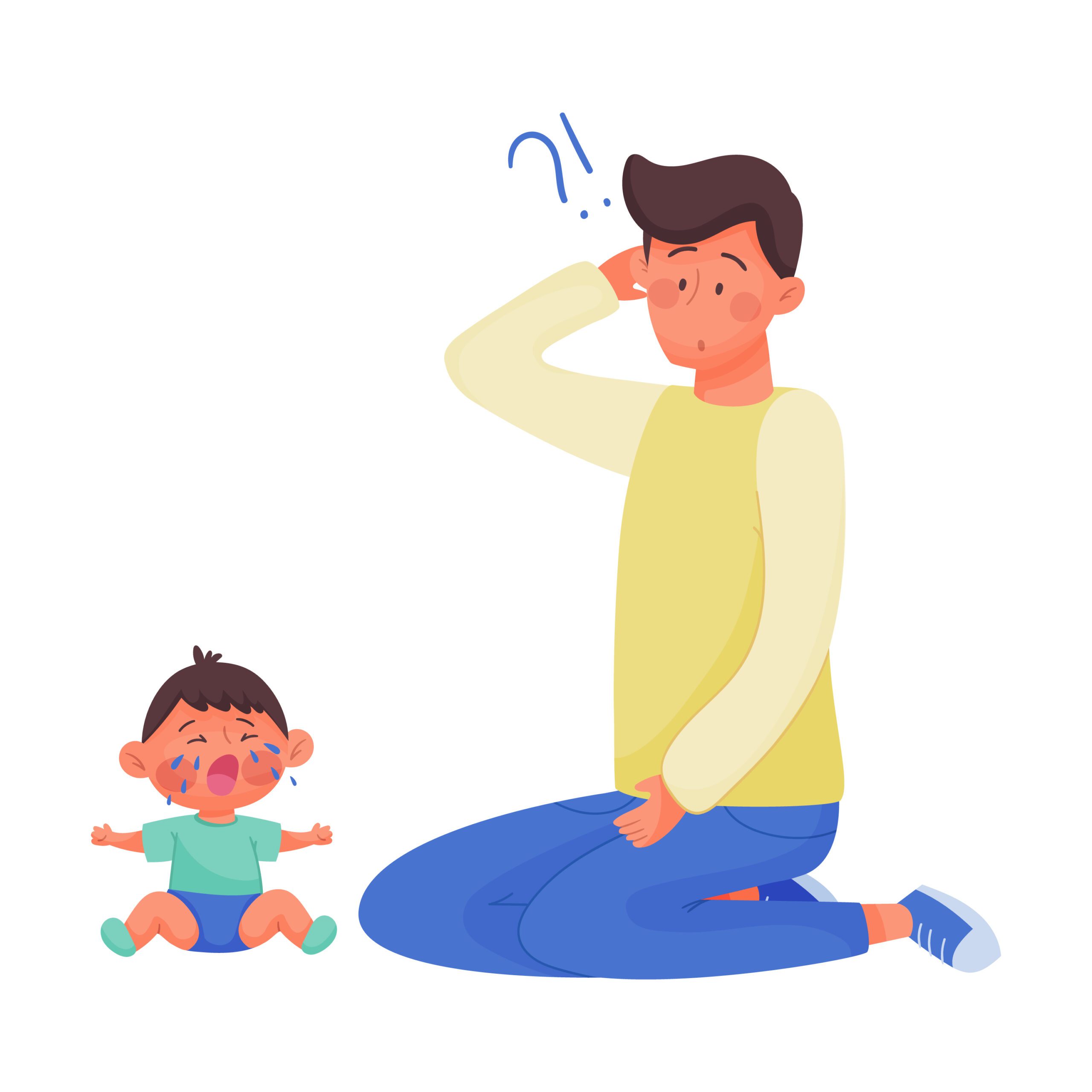

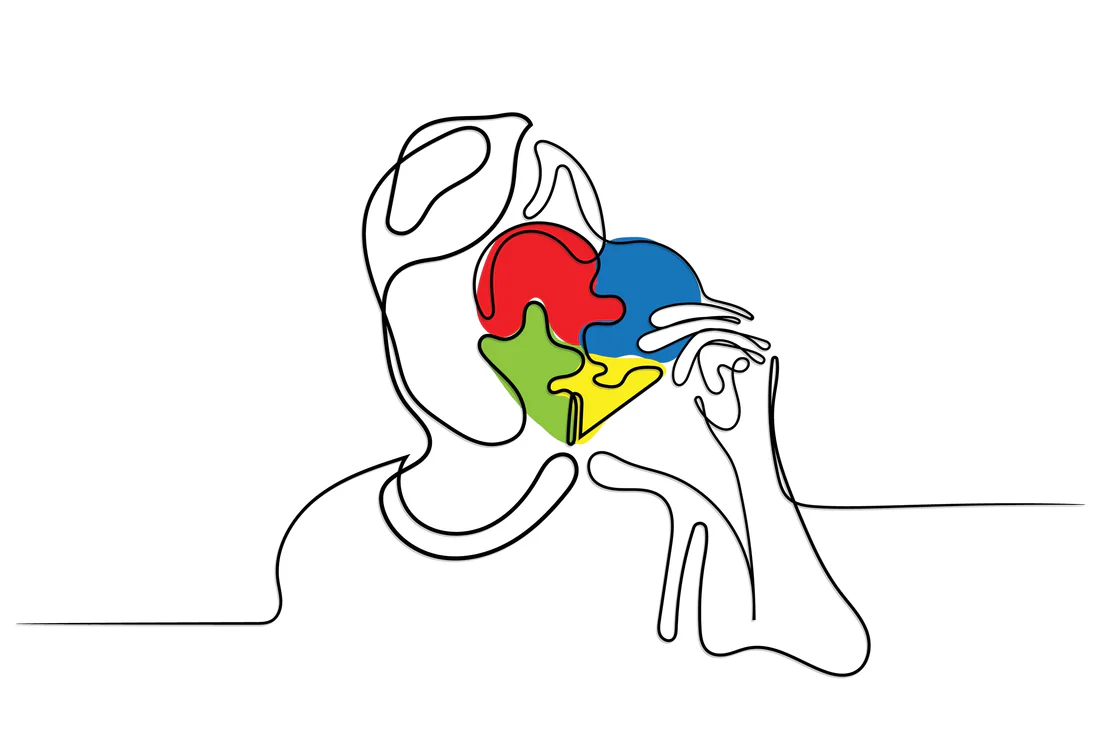










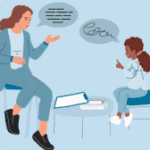 Speech Therapy
Speech Therapy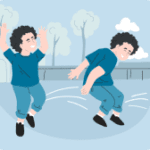 Physical Therapy
Physical Therapy Occupational Therapy
Occupational Therapy




